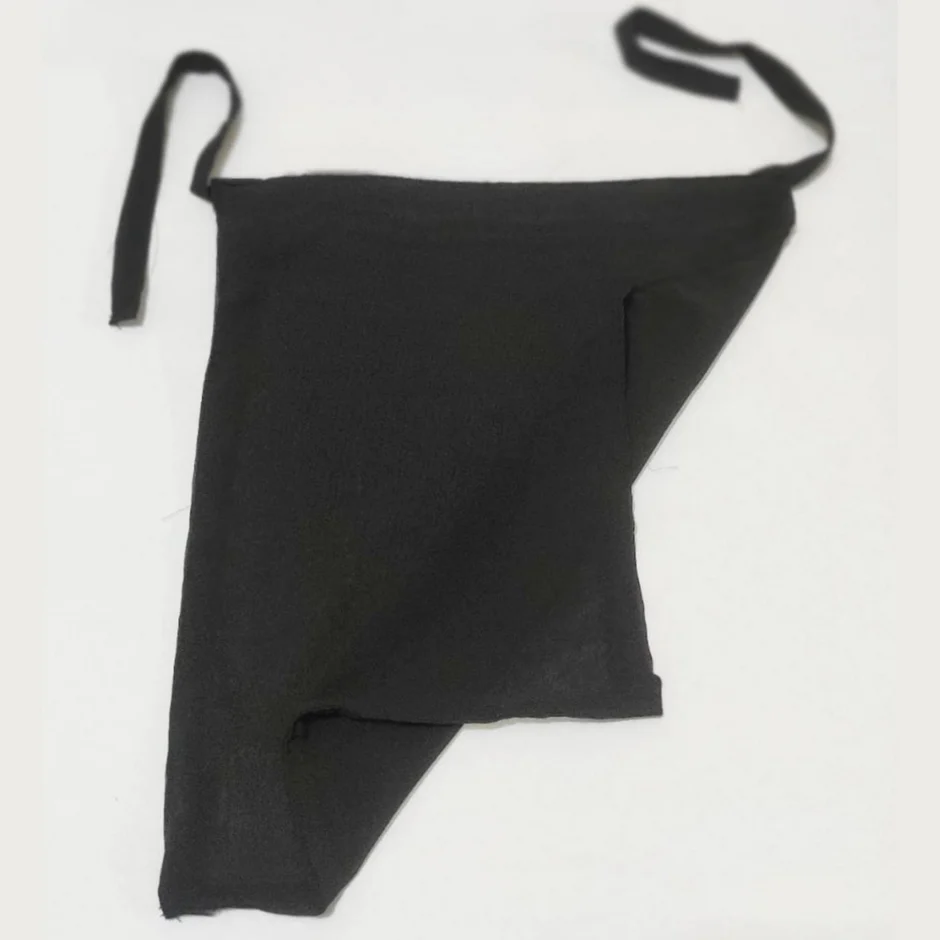The Niqab: History, Cultural Significance, and Modern Perspectives
Introduction
The niqab, a face-covering veil worn by some Muslim women, is one of the most recognized symbols of modesty and faith in Islamic culture. It typically covers the face, leaving only the eyes visible, and is worn in conjunction with a loose outer garment like an abaya. For many, the niqab is an expression of religious commitment and cultural identity.
This article explores the niqab’s historical origins, its cultural and religious significance, modern interpretations, and the debates surrounding its use.
Historical Origins of the Niqab
The practice of covering the face predates Islam, with evidence suggesting its use in various ancient civilizations. Veiling was common in Assyrian, Persian, and Byzantine societies, primarily as a marker of social status and modesty. Elite women often used face coverings to signify their distinction from commoners and enslaved individuals.
In pre-Islamic Arabia, veiling practices varied depending on tribal customs and social hierarchies. The niqab, as understood today, emerged with the advent of Islam in the 7th century CE. The Qur’an introduced guidelines for modesty, encouraging both men and women to dress and behave in a way that reflects humility and piety.
The Niqab in Islamic Teachings
The niqab is not explicitly mentioned in the Qur’an but is derived from interpretations of certain verses and Hadiths (sayings and practices of the Prophet Muhammad, peace be upon him). Key verses in the Qur’an addressing modesty include:
– Surah An-Nur (24:31): “And tell the believing women to lower their gaze and guard their private parts and not to show off their adornment except only that which is apparent…”
– Surah Al-Ahzab (33:59): “O Prophet, tell your wives and your daughters and the women of the believers to bring down over themselves part of their outer garments. That is more suitable that they will be known and not be abused.”
Scholars differ on whether these verses necessitate face covering. Some argue that they only mandate general modesty, while others interpret them as requiring the niqab in addition to the hijab (headscarf).
Cultural Significance of the Niqab
The niqab’s significance varies across cultures and regions. In some communities, it is deeply rooted in tradition and symbolizes respect, honor, and religious devotion. In others, it is a personal choice influenced by religious interpretation, family practices, or societal norms.
– Arabian Peninsula: The niqab is most commonly associated with the Arabian Gulf states, where it is often seen as a marker of cultural identity and modesty.
– South Asia: In countries like Pakistan and India, the niqab is worn by a segment of the Muslim population, often as an expression of faith.
– North Africa: Variations of the niqab exist, such as the litham in Morocco, blending traditional and religious influences.
ATTENTION:The niqab, a face-covering veil leaving only the eyes visible, holds a distinctive place in Islamic and cultural practices.
The Niqab in Modern Times
In recent decades, the niqab has become a focal point in discussions about religious freedom, women’s rights, and cultural integration.
1. Personal Choice vs. Societal Expectation
For many women, wearing the niqab is a personal and empowering choice, reflecting their commitment to their faith. Others may feel societal or familial pressure to adopt the niqab, highlighting the complexity of its practice.
2. Global Perspectives
– In Western societies, the niqab is often viewed through the lens of multiculturalism and security. Several European countries, including France and Belgium, have implemented bans on face coverings in public spaces, citing reasons such as integration and public safety.
– In Muslim-majority countries, attitudes toward the niqab range from widespread acceptance to debates about its necessity and cultural relevance. For instance, in Saudi Arabia, while the niqab is commonly worn, it is not legally mandated.
3. Media Representation
The niqab has been a subject of extensive media coverage, often misrepresented or misunderstood. It is frequently portrayed as a symbol of oppression, overshadowing the voices of women who wear it by choice.
Types of Niqab
The niqab varies in style and design, reflecting regional and cultural preferences:
– Full Niqab: Covers the entire face except for the eyes, typically paired with an abaya or jilbab.
– Half Niqab: Covers the lower half of the face, leaving the eyes and forehead visible.
– Ghudood: A more traditional style, often draped loosely over the face and shoulders.
– Colored Niqab: While black is the most common color, modern niqabs come in various shades and patterns, offering a touch of personalization.
The Debate Surrounding the Niqab
The niqab has sparked debates on its implications for women’s rights, religious freedom, and societal harmony.
1. Support for the Niqab
– Proponents argue that the niqab is a form of empowerment, allowing women to define their own identity and command respect.
– It is seen as an act of devotion, enabling wearers to focus on their inner selves rather than external appearances.
2. Criticism of the Niqab
– Critics claim that the niqab restricts women’s visibility and participation in public life.
– Concerns about security and communication barriers are often cited in opposition to its use in certain settings.
The Niqab and Feminism
Interestingly, the niqab has found a place in feminist discourse, challenging traditional notions of empowerment and autonomy. Many Muslim women wearing the niqab assert that it liberates them from societal beauty standards, allowing them to reclaim their bodies on their own terms.
Conclusion
The niqab is far more than a piece of clothing; it is a complex symbol that carries historical, cultural, and religious significance. While often misunderstood, it serves as a deeply personal expression of faith and identity for millions of women worldwide. Understanding the niqab requires empathy, open-mindedness, and a willingness to listen to the voices of those who wear it.
By exploring its history, cultural relevance, and modern interpretations, we gain a richer appreciation of the niqab as a profound emblem of modesty, devotion, and choice.
